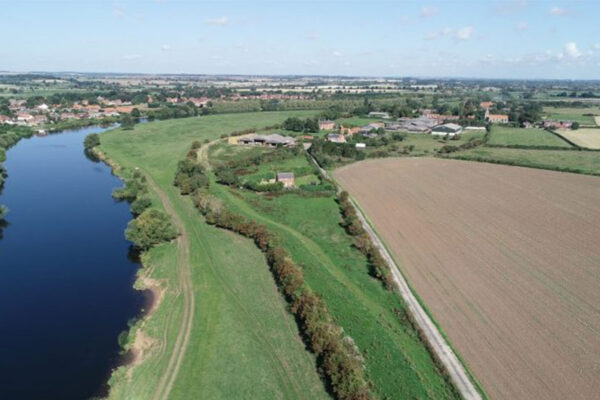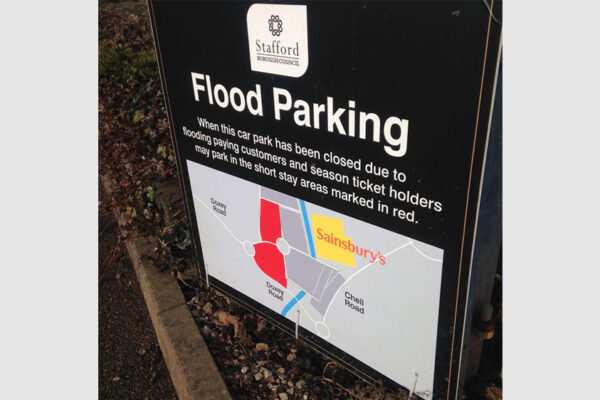Enhancing UK Flood Resilience: Past Floods, Present Threats, Future Responses

Flooding represents the most serious environmental threat to the UK today. It is a problem predicted to increase over the next few decades.
Positive responses to the flood threat will require a unity of action between central government and local authorities, environmental agencies, academics, and the public. Key to future flood control will be the fundamental decisions now being taken over how the UK landscape can be best managed.
Principal Investigator Richard Jones introduces the project in this short video
Within many quarters there is a dawning realisation that if the country is to become more flood resilient, landscape change may have to be radical in conception and bold in undertaking. To be both practicable and deliverable, it is essential that the positive benefits deriving from new configurations of the landscape are communicated effectively to communities affected by change if the transition is not to be resisted and delayed.
Three questions, which can only be fully addressed through interdisciplinary treatment, have led to the creation of this Network and guide its agenda.
1. Can we or should we continue to rely on hard-engineered defences as the principal method for mitigating floods or should we be moving towards softer natural flood management strategies?
2. What lessons can be drawn from the ways in which communities have responded to flooding in the past and the land management practices they adopted to mitigate against floods: might these provide templates for the future?
3. In recognising that landscape change will impact people’s existing relationship with, and appreciation of, familiar landscapes, how, where, and in what ways might the transformations required to build flood resilience be best and most sensitively achieved?



